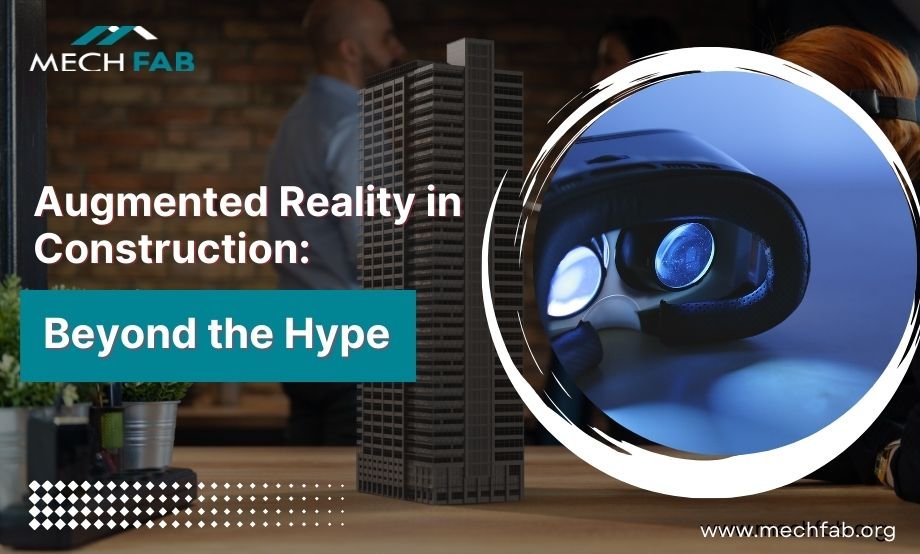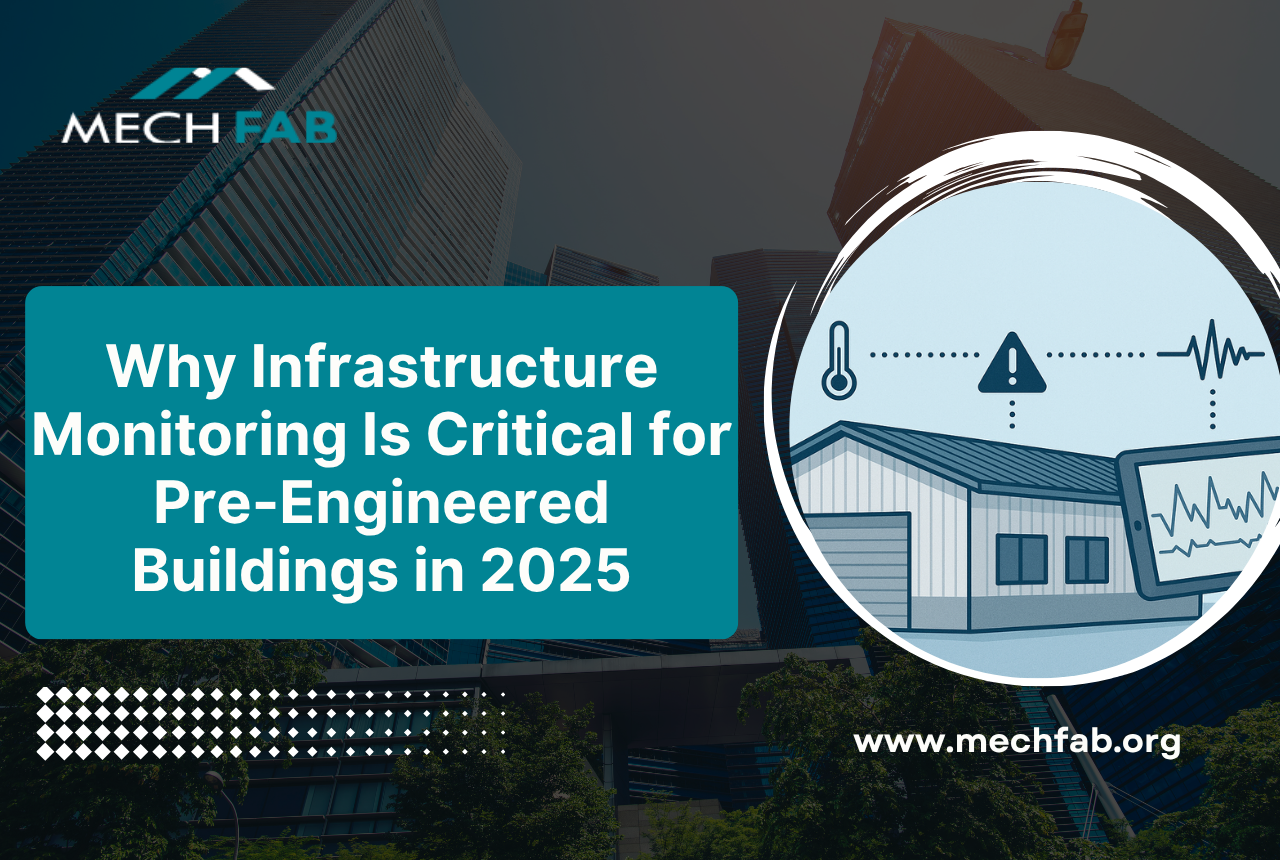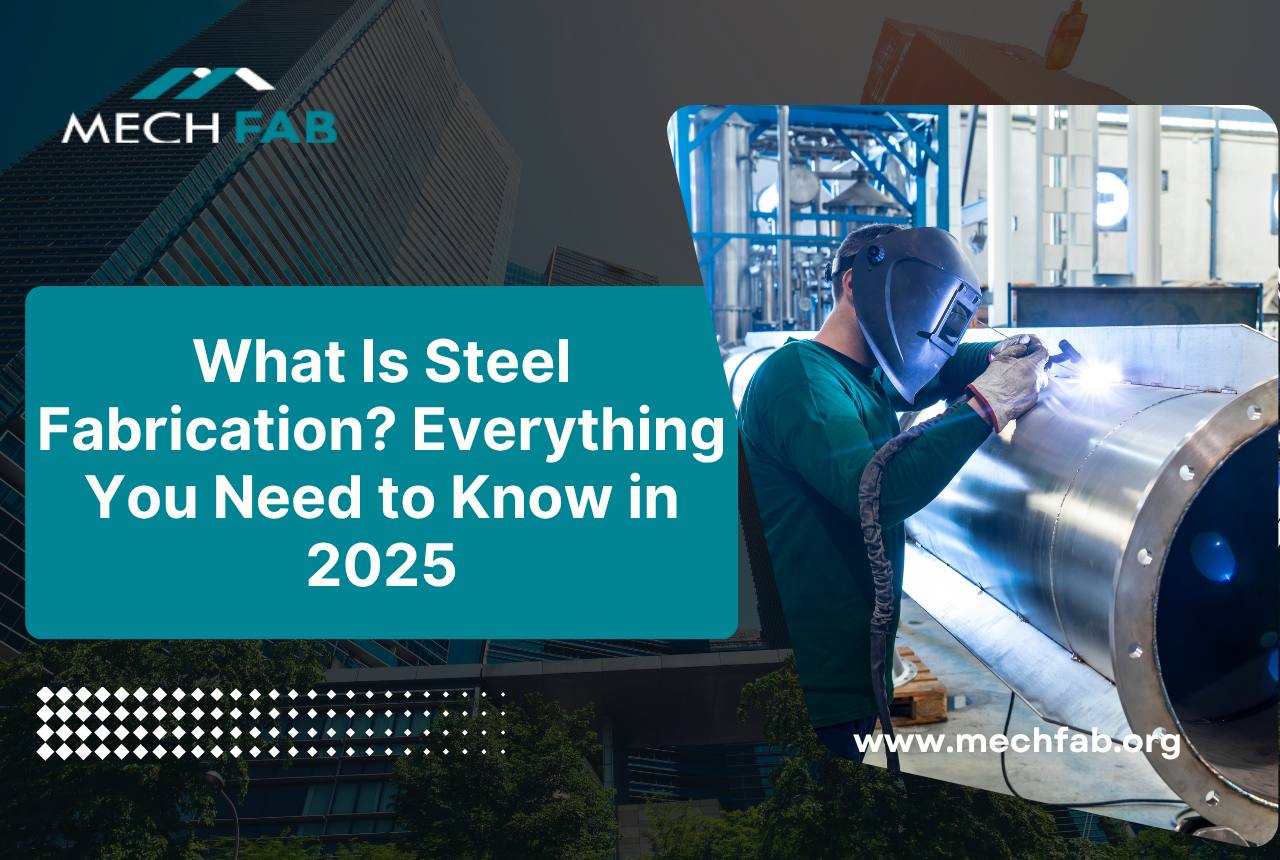Construction industry is modernising every day and new trends and technologies are rolling into it. With that being said, augmented reality in construction is playing a pivoting role in its growth and efficacy. From planning and visualisation to execution and post-construction maintenance, everything is experiencing a new ray of changes propelled by the modern technological advancements.
Welcome to Mechfab, we are your construction partners helping you build a better structure that you can rely on for the future with the help of pre engineered structures. In this blog, we will walk you through the role of virtual and augmented reality in construction. Stay with us till the end.
How is Augmented Reality Used in Construction?
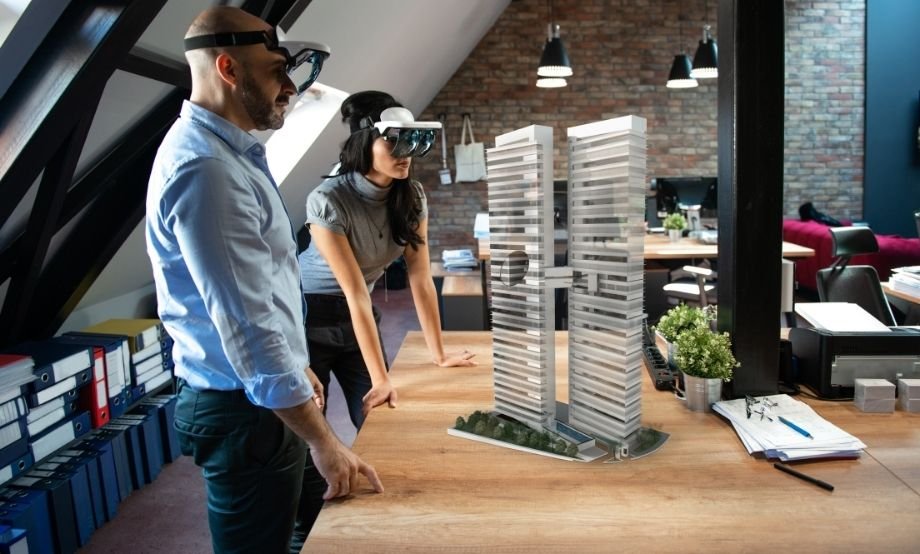
The construction industry has adopted multiple ways to incorporate the use of the AR to improve aspects like design, planning, and construction. Take a skim through the major uses of AR in construction.
Safety Training to Workers
AI in construction preaches to construction workers how to follow safety rules and processes. AR headsets let workers practise safety processes in a simulated setting. This makes it easier to spot possible dangers and learn how to handle them.
Designing and Planning
Architects and planners can see 3D models of their plans in the real world thanks to AR technology. If they wear AR glasses, they can move around a digital model and change it in real time. This makes it easy to find mistakes in the design and fix them before the building starts.
Also Read: How is Augmented Reality Used in Architecture?
Construction Process
Virtual reality in construction makes job sites function more accurately and fast. By putting digital models on top of the real world, construction workers can make sure that the building parts are put together correctly and at the right angles. This can help cut down on mistakes and extra work, which can save time and money.
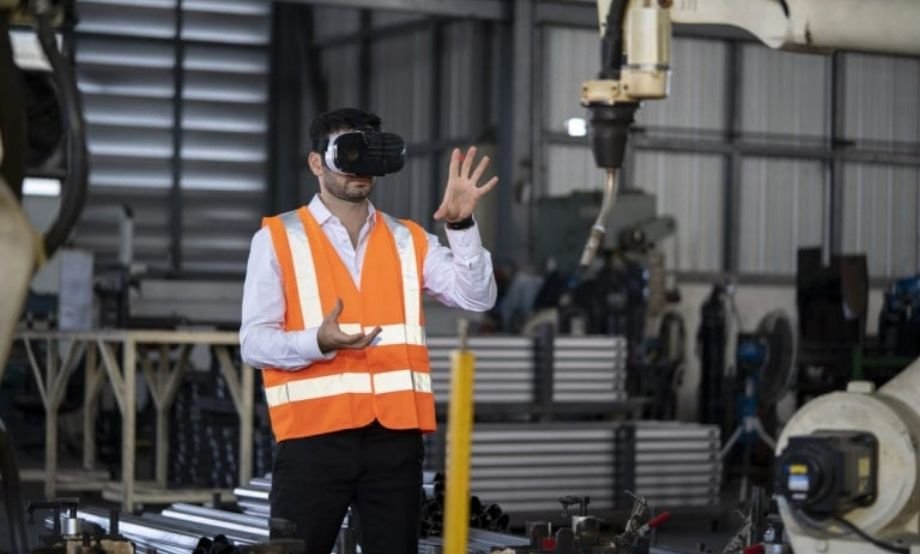
Maintenance
Augmented reality also helps in building care and repair. By putting digital information on top of real things, maintenance workers can quickly find the right tools and find information about how to maintain them. This can help cut down on downtime and make repair work better.
Tracking Progress
People use augmented reality to keep track of and write down how projects are going. The market is full of tools that building professionals can use to keep track of how their projects are going. These apps use the augmented reality features on your device to figure out where you are on the map and take pictures at every possible spot. By doing this, team members will always be able to capture at the same spot over time, which will improve the accuracy and speed of progress capture.
Benefits of Augmented Reality in Construction
AR technology is useful for the construction business in a number of ways, such as:
- Better Accuracy: AR technology can help make construction projects more accurate by making sure that building parts are put together correctly and at the right angles.
- Reduced Mistakes and Errors: AR technology can help cut down on mistakes and extra work, which saves time and money.
- Better safety: AR technology also teaches workers how to be safe, which lowers the chance of crashes and injuries.
- Better Visualization: AR technology lets architects and planners see 3D models of their plans in the real world, which makes it easier to spot mistakes in the plans.
Construction
Augmented reality is changing the building business by making the planning, designing, and building processes better. AR technology is making things more accurate, faster, safer, and easier to see. Therefore, it is great for construction workers in many ways. As AR technology keeps getting better, it’s likely that the construction business will find even more creative ways to use it in the future.
Also Read: Did you know about these applications of pre-fab metal buildings?

